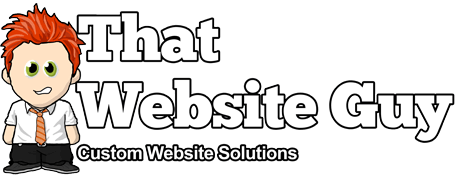Understanding Pages
Table of Contents
Overview
In general, Pages are very similar to Posts in that they both have Titles and Content. Pages, though, have several key distinctions that make them quite different from Posts.
What Pages should be:
- Pages are for content that is less time-dependent than Blog Posts.
- Pages can be organised into pages and subpages.
- Pages can use different Page Templates.
- In essence, Pages are for non-blog content.
What Pages should not be:
- Pages are not Blog Posts, nor are they excerpted from larger works of fiction. They do not cycle through your website's main page.
- Pages cannot be associated with Categories and cannot be assigned Tags. The organisational structure for Pages comes only from their hierarchical interrelationships, and not from Tags or Categories.
- Pages are not files. They are stored in a database just like Blog Posts are.
- Pages are not included in your website's feed.
- Pages and Blog Posts may attract attention in different ways from humans or search engines.
- Pages (or a specific post) can be set as a static front page if desired with a separate Page set for the latest blog posts, typically named "Blog".
Blog Posts vs Pages
You can write either Blog posts or Pages on your website. When you're writing a regular blog entry, you write a post. Posts, in a default setup, appear in reverse chronological order on your blog's main page. Pages are for content such as "About", "Contact", etc. Pages live outside of the normal blog chronology, and are often used to present timeless information about yourself, your business, or your website - information that is always applicable. You can use Pages to organise and manage any content.
Creating Pages
To create a new Page, log in to your website with sufficient admin privileges to create new articles and visit your admin panel. Head over to "Pages > Add New" from your admin menu to begin adding a new Page to your website.
Organising Your Pages
Just as you can have subcategories within your Categories, you can also have subpages within your Pages, creating a hierarchy of pages.
For example, a website for a travel agent may feature an individual Page for each continent and country to which the agency can make travel arrangements. Under a Page titled "Africa" would be subpages for "Lesotho", "Cameroon", "Togo", and "Swaziland". Another parent Page "South America" would feature subpages of "Brazil", "Argentina", and "Chile". Your website would list:
- Africa
- Cameroon
- Lesotho
- Swaziland
- Togo
- South America
- Argentina
- Brazil
- Chile
To create a subpage
- Go to your admin panel and head over to "Pages > Add New" from your admin menu.
- Find the "Page Attributes" box (usually in the right-hand column), click the "Page Parent" drop-down menu. The drop-down menu contains a list of all the Pages already created for your website.
- Select the appropriate parent Page from the drop-down menu to make the current Page into a child Page.
- Add content to the subpage.
- Click "Publish" when ready.
When your Pages are listed, the Child Page will be nested under the Parent Page. The Permalinks of your Pages will also reflect this Page hierarchy.
Using the above example, the Permalink for the "Cameroon" Page would be: http://example.com/africa/cameroon/
Changing the URL of Your Pages
To change the URL part (also referred to as "slug") containing the name of your Page, use the "Edit" button under the Page title on the Edit screen of the particular Page, accessible from "Pages" tab of your Admin Panel.
Page Templates
Individual Pages can be set to use a specific custom "Page Template". The standard page templates available are "Default Template", "No Header/Footer", and "Sidebar".
The "No Header/Footer" template will remove the top and bottom "Header" & "Footer" sections from that page when it is displayed on the live site, the "Sidebar" template will instead shrink the width of your page content to allow for a widgetized sidebar area, and the "Default template" shows a standard page with a header & footer, and no sidebar.
The page template can be selected from the "Page Attributes" box (usually in the right-hand column) on the page edit screen.
